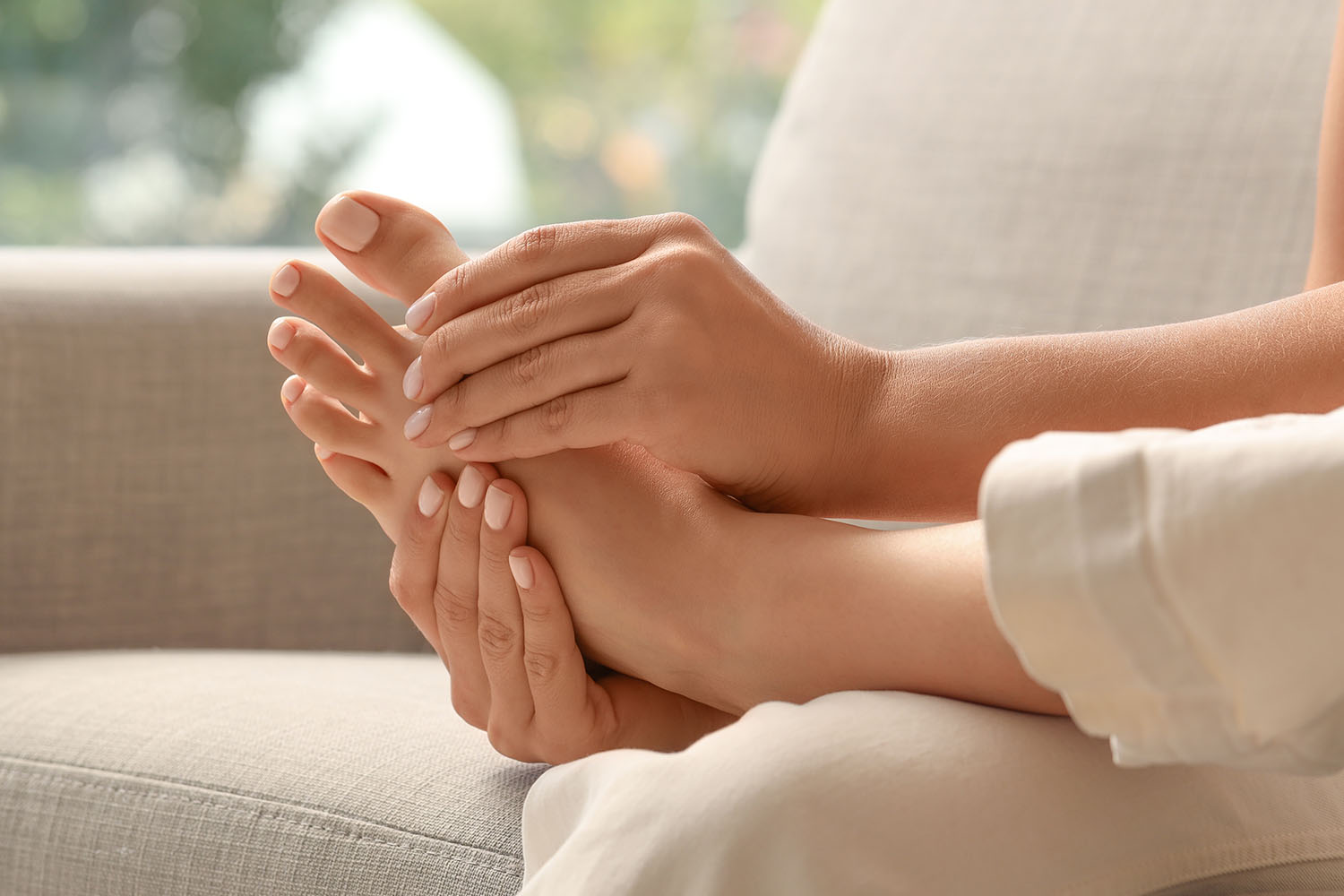Overview
Foot ligaments play a crucial role in maintaining the stability and function of our feet. These robust bands of fibrous tissue connect bones to other bones, forming a supportive framework that allows for movement while preventing excessive motion that could lead to injury. In this blog, we will explore the anatomy, function, and common injuries associated with foot ligaments, drawing from international research to provide a comprehensive understanding of these essential structures.
Anatomy of Foot Ligaments
The human foot comprises 26 bones, 33 joints, and over 100 muscles, tendons, and ligaments. Among these, the foot ligaments are particularly important for maintaining the structural integrity and function of the foot. Key foot ligaments include:
- Plantar Fascia: Although technically a fascia, the plantar fascia acts similarly to a ligament, supporting the arch of the foot. It extends from the heel bone (calcaneus) to the toes.
- Deltoid Ligament: Located on the inner side of the ankle, this complex ligament consists of four parts (tibiocalcaneal, tibionavicular, anterior tibiotalar, and posterior tibiotalar ligaments) that stabilize the ankle joint.
- Lateral Ligaments: These include the anterior talofibular ligament (ATFL), calcaneofibular ligament (CFL), and posterior talofibular ligament (PTFL), which provide lateral stability to the ankle.
- Spring Ligament (Plantar Calcaneonavicular Ligament): This ligament supports the head of the talus bone and helps maintain the arch of the foot.
- Interosseous Ligaments: These ligaments connect the bones within the foot, such as the interosseous talocalcaneal ligament, which connects the talus and calcaneus bones.
Function of Foot Ligaments
Foot ligaments are essential for several functions, including:
- Stability: They provide the necessary support to maintain the alignment of bones and joints, especially during weight-bearing activities.
- Movement: By limiting excessive motion, foot ligaments ensure smooth and controlled movements of the foot and ankle.
- Shock Absorption: Ligaments help in distributing and absorbing the impact forces encountered during activities like walking, running, and jumping.
- Arch Support: Ligaments, particularly the plantar fascia and spring ligament, play a vital role in maintaining the arches of the foot, which are crucial for proper weight distribution and balance.
Common Injuries to Foot Ligaments
Foot ligaments are prone to injuries due to their constant involvement in weight-bearing and dynamic activities. Common injuries include:
- Sprains: A sprain occurs when a ligament is stretched or torn. Ankle sprains, particularly involving the ATFL and CFL, are among the most common sports injuries worldwide .
- Plantar Fasciitis: This condition involves inflammation of the plantar fascia, often caused by overuse or improper footwear. It is a common cause of heel pain.
- Posterior Tibial Tendon Dysfunction (PTTD): Although primarily a tendon issue, PTTD can affect the ligaments supporting the arch of the foot, leading to flatfoot deformity and pain .
- Deltoid Ligament Injury: Less common than lateral ligament injuries, deltoid ligament injuries can occur due to severe ankle trauma, often involving fractures.
International Research on Foot Ligaments
Research from around the world has provided valuable insights into the anatomy, function, and rehabilitation of foot ligament injuries. For instance:
- A study published in the Journal of Orthopaedic & Sports Physical Therapy highlighted the effectiveness of early functional rehabilitation over immobilization for lateral ankle sprains .
- Research from the British Journal of Sports Medicine emphasized the role of balance training in preventing recurrent ankle sprains, showing significant reductions in injury rates among athletes who participated in such programs .
- A comprehensive review in the American Journal of Sports Medicine discussed the benefits of platelet-rich plasma (PRP) therapy in treating chronic ligament injuries, including those of the foot .
Foot ligaments are vital for the stability, movement, and overall function of the foot. Understanding their anatomy and function helps in recognizing the importance of these structures in daily activities and sports. Awareness of common injuries and advances in research can guide effective prevention and rehabilitation strategies, ensuring optimal foot health and performance.
By maintaining the health of our foot ligaments through proper care, exercise, and timely medical intervention, we can enjoy a life free from the pain and limitations associated with ligament injuries.



